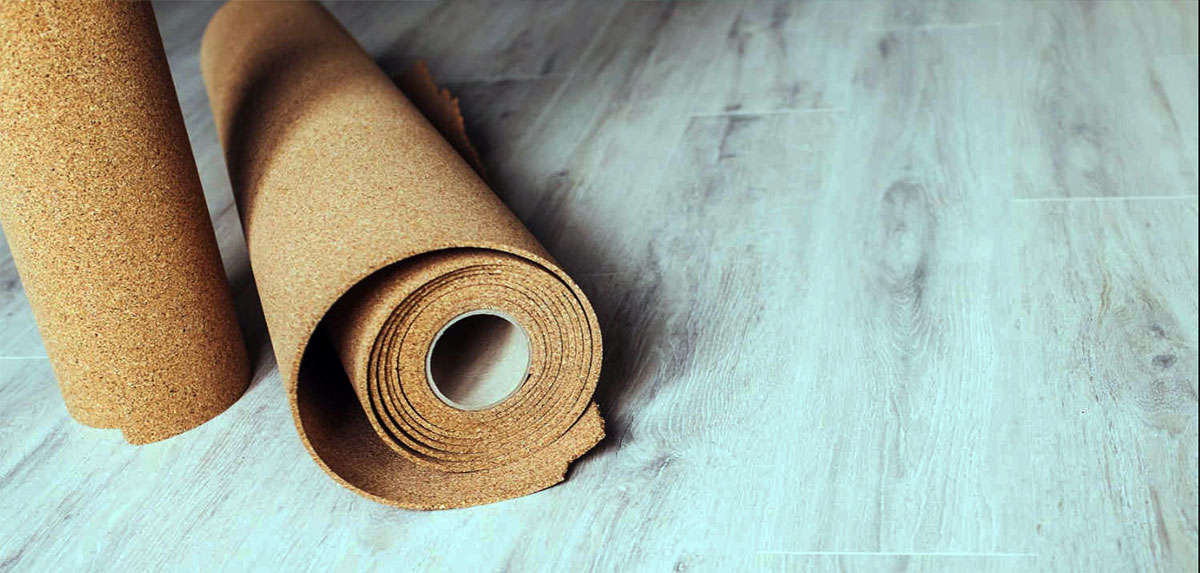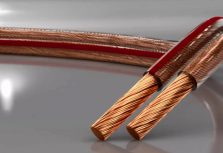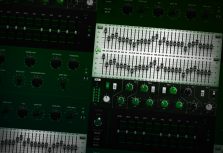April 20, 2025
How do you soundproof a studio floor?

Noise can be a big issue when working in a studio. Whether you are trying to record audio or video, unwanted sound can interfere with your work. There are a lot of things to consider when soundproofing a studio floor. The first step is to identify the sources of noise and determine how much sound needs to be blocked. From there, you can choose the right materials and methods for your project. There are a variety of solutions available, so it’s important to find the one that best meets your needs.
Soundproofing foam is one of the most popular options. It can be added to an existing studio or used when building it from scratch. The material offers excellent sound isolation and is relatively easy to install. The best part is that it doesn’t require any special tools or knowledge. However, using a hardwood flooring nailer can much speed up the process.
A few additional steps can help further reduce sound leakage and make your studio even more soundproof. You can use acoustic panels to cover the floor-to-ceiling windows. If the windows are not sealed properly, you can caulk them or cover them with draft stops. This helps keep the sound contained in the room instead of letting it escape through gaps around the windows.

Do foam panels work for floor soundproofing?
Foam panels are often used to soundproof walls, but can they be used on floors as well? Foam panels are a popular choice for soundproofing studios because they are affordable, easy to install, and provide excellent results.
There are different types of foam panels available at most hardware stores. Some have high noise reduction coefficients (NRC) which means that they block more sound than others. Higher NRC ratings mean less sound will escape the room. In most cases, you don’t have to worry about this too much because lower-quality panels can be sufficient when used in the right location.
Where should I put foam panels to soundproof a studio floor?
It’s important that you use a combination of foam and other soundproofing methods when building a studio. If you only use foam panels, they may not offer enough sound reduction for your needs. You can use them on the walls instead of or in addition to other materials.
There are two main areas where you should install the foam panels: underneath and around your equipment. Underneath is an important location because it reduces sound coming up through the floor. Lower frequencies tend to travel more easily through floors which means that this is where most of the sound will be generated.
Underneath your equipment, you can use foam tiles or smaller tiles with adhesive backing to cover the floor. Foam panels are typically used when building a new studio because they are cheap and easy to install. If you have an existing room, it may make more sense to cover the walls with soundproofing material instead of adding a thicker layer to the floor.




